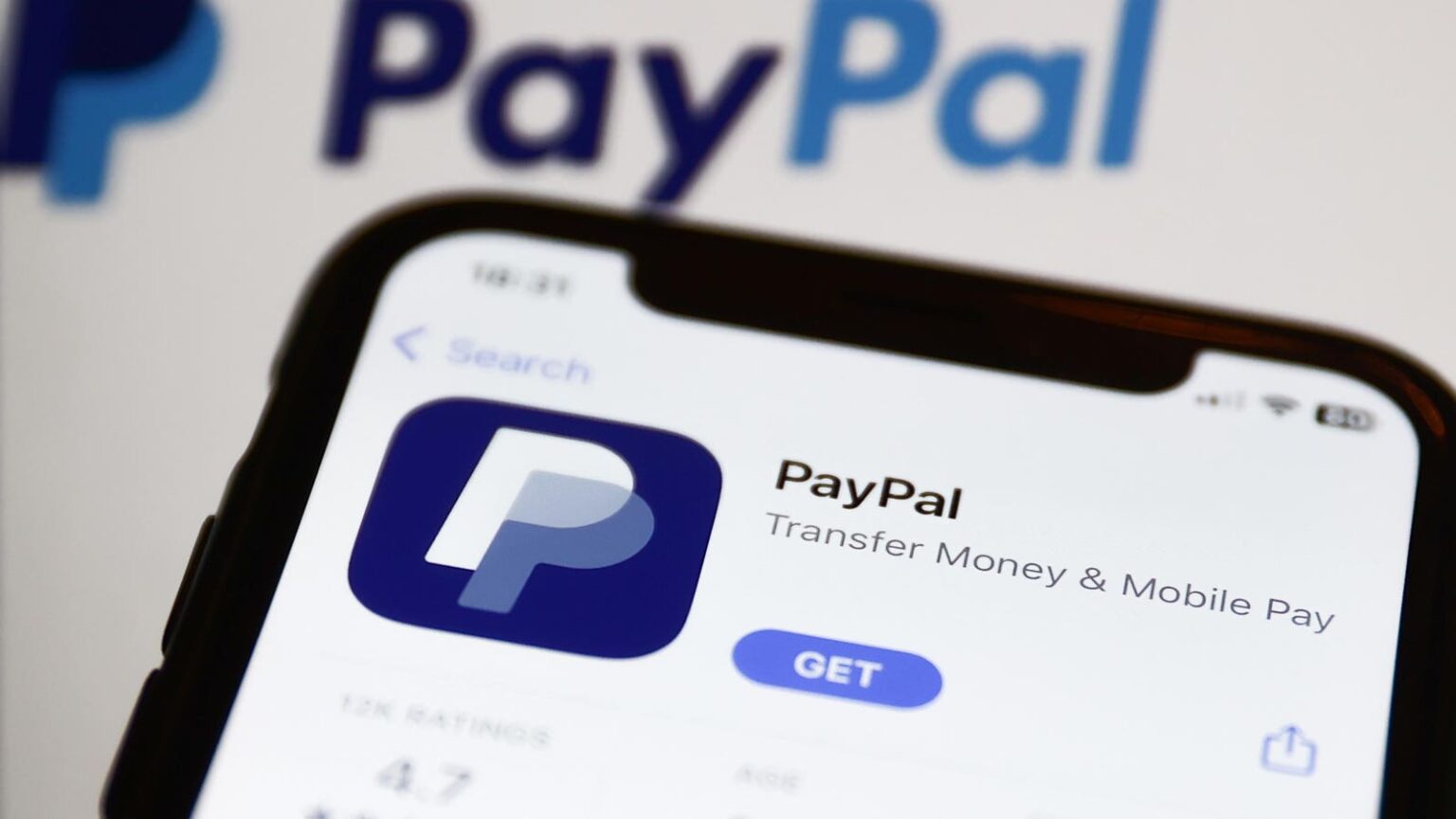Fintech companies around the world are establishing new advertising ventures this year.
Paypal launched PayPal Everywhere earlier in September, a product where users can collect rewards and use PayPal both in stores and online. Rewards and cashback are enticing to consumers, but the ability to individually target potential customers with offers and deals is attractive to advertisers. Back in May, PayPal announced that they had poached Uber’s Mark Grether to start its own advertising network. In advertising circles, Grether is known for helping jumpstart Uber’s advertising business and growing it into a behemoth that is set to make 1 billion dollars in revenue this year.
PayPal is not alone in their advertising ambitions. In April, JPMorganChase announced Chase Media Solutions, which they claim will “enable advertisers to connect directly with the financial institution’s 80 million customers.” Revolut, the European fintech set to IPO at $45 billion next year, has also announced plans to launch an advertising business.Even X (formerly known as Twitter), which traditionally made its revenue from advertising, has been flirting with the idea of getting into payments and competing with financial companies. Why are these two worlds colliding?
The answer: the modern advertising industry desperately needs data, and it’s running out of places to get it. They need to know the interests and demographics of consumers, but most crucially they need to know transactional data: who buys what, when, and why. This data fuels the machine learning models that are the foundation of modern digital marketing. Without it, online advertising cannot function efficiently.
In the past few years advertisers have found it increasingly hard to get their hands on actionable transaction data. It is partly due to regulatory changes, such as General Data Protection Regulation in Europe, which have limited how advertisers can acquire, store and use this purchase data. But the trend of important tech platforms limiting what information is made available to outsiders is of greater consequence. Apple takes pride in implementing ‘privacy conscious’ policies designed to limit what information advertisers have access to. Even ad-fueled Facebook is sharing less and less information with their ad partners. In the words of advertising analyst and investor Eric Seufert, platforms like Apple, Facebook and Google are becoming walled gardens where data (and thus advertising dollars) are increasingly constrained to a single platform.
At the same time, financial services companies are finding themselves sat upon a treasure trove of data that advertisers would find invaluable. Due to know-your-customer/anti-money laundering requirements, financial services companies have to know exactly who their customers are, where they live, how they make a living and sometimes even how much they have in savings.
Indeed, financial services companies live under a very different regulatory regime. While non-financial companies are now forced to give users a real choice to “opt-out” from their data even being collected, financial services providers must collect this information by law. Non-financial companies are heavily scrutinized for what data they store about their customers and for how long, with companies being fined up to billions of dollars for keeping data for longer than they should. Meanwhile, financial companies have legally mandated record keeping requirements, which compel them to store data for up to a decade.
With data on the advertising side becoming increasingly scarce (and potentially biased) and the data financial services companies hold becoming increasingly valuable, it is no wonder that financial services companies are moving into advertising.
Nevertheless, financial services companies have numerous challenges to overcome before they can become advertising behemoths. One limitation seems to be scale: JP Morgan Chase is one of the largest banks in the world with 80 million customers, according to the company’s own statistics. On the other hand, Facebook claims to have 2.5 billion monthly active customers, several orders of magnitude more.
Another limitation relates to how the data is spread across the fintech ecosystem. Your bank knows a lot about your financial life and your habits. They know what your salary is and that you spent 100 dollars at Walmart last week. But they do not know what brand of yoghurt you bought. Visa and MasterCard have a wide breadth of data, but they lack depth. Stripe knows what items you bought online using their checkout, but their data often relies on messy user input and they may not know much more about you as a user.
A competitive advertising play from fintechs will likely need to be a consortium of companies, including financial services providers but perhaps also traditional media and retailers. They definitely have reasons to collaborate: advertising is a high margin business.
Read the full article here















